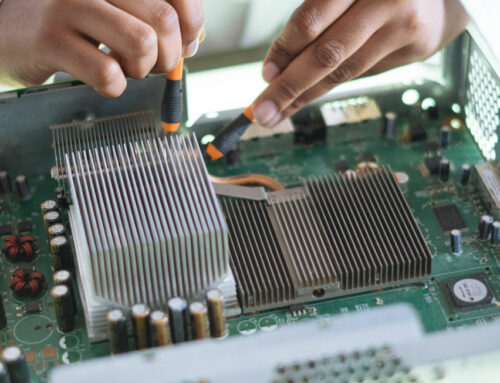User complaints about network latency have begun to pile up, and you need to figure out where the bottlenecks are, quickly.
To help get you pointed in the most likely direction, today we outline some top causes of network bottlenecks and how they can be addressed. Do some investigating to see if any of these issues is the culprit, and keep in mind that more than one issue could be contributing to the problem.
High Demand on Servers: One of the first places to look if you’re receiving a lot of user complaints is your servers. Your problem could be solved simply by adding new servers or upgrading to some better ones to handle growing demand.
Check your server logs to see if you can figure out what the issue is. Better yet, if you have a larger network to manage, utilize a good monitoring tool that can help you keep an eye on and troubleshoot various issues at once.
Too Many Switches: Another easy-to-overlook source of latency in your network could be that you have too much distance between devices and too many switches to manage it. A bit of rearranging or adding a server to reduce distance and switching may be your answer.
Greedy Users: They might not even know they’re doing it, but sometimes it’s just one or two users that are causing a problem by hogging all of the bandwidth. Maybe your graphics guy is the culprit, or an executive who has to utilize a lot of video calls to communicate with corporate. In this case, you won’t necessarily have to overhaul your whole network. It could just be a matter of finding ways to manage a smaller set of users.
Software Issues: If the issue doesn’t seem to be apparent in your network, consider that a slow performance problem could be a result of an issue with a particular software application.
Notice if complaints are coming in only from a certain group of users or when a certain application is running. Application performance monitoring might be what you need to find and solve the underlying issue.
A Need for More Storage Speed: Maybe you’ve been avoiding an upgrade to using solid state drives (SSDs) for budget reasons. However, prices for these drives are becoming much more accessible, even for smaller businesses. If you have a growing number of critical applications that call for storage speed, an investment in SSDs could easily pay off.
A Need for More Network Speed: There are plenty of ways to make the most out of the network speed you have, but sometimes, it’s simply time for an upgrade to faster Ethernet. Like faster storage, multi-gigabit Ethernet speeds are becoming more within reach – even for smaller companies – than they used to be.
Managing network bottlenecks is an ongoing task for any administrator.
Sometimes, the issue is fairly minor or temporary. However, if it seems like bottleneck complaints are becoming more frequent or serious, consider whether one or more of the issues above is calling for your attention. Investing in more servers, changes to your network topography, managing high-demand users, addressing software issues, or investing in speedier storage or Ethernet may be necessary.




